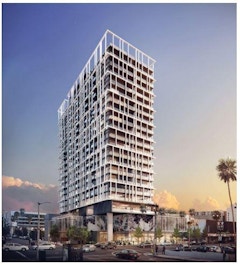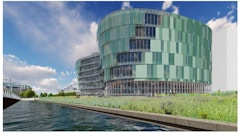
Integrated Energy Analysis
Energy codes across the country are progressively getting stricter and increasing the threshold for a baseline building’s energy performance.

Energy codes across the country are progressively getting stricter and increasing the threshold for a baseline building’s energy performance.

Factory inspection visits are vital, yet they unfortunately have a habit of being overlooked. The factory inspection process during the Building




Facades must be responsive to a myriad of qualities and influences ranging from urban impact and aesthetic character to numerous performance

The performative and visual aspects of curved forming/bending thin “formable” planar materials is explored. Early tests for deflection indicate that








Silicone materials have a long history in high performance building projects. Known for durability, they can reduce a building’s carbon footprint by

Contemporary building practice represents a disconnect between traditional manufacturing techniques, that favor straight runs and orthogonal



With an ever-growing interest in mid- and high-rise mass timber construction, this paper highlights the insights and lessons learned across global
